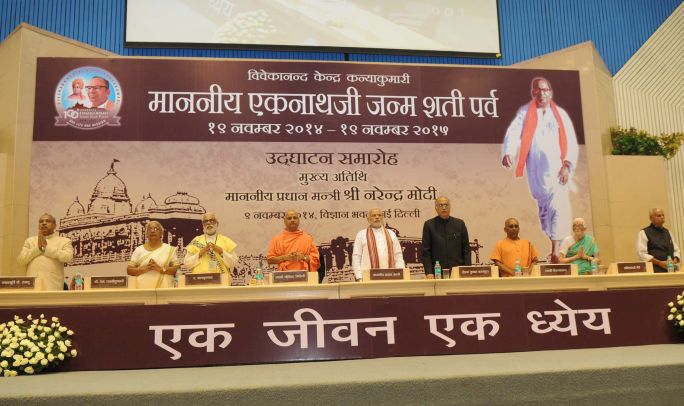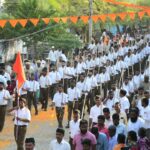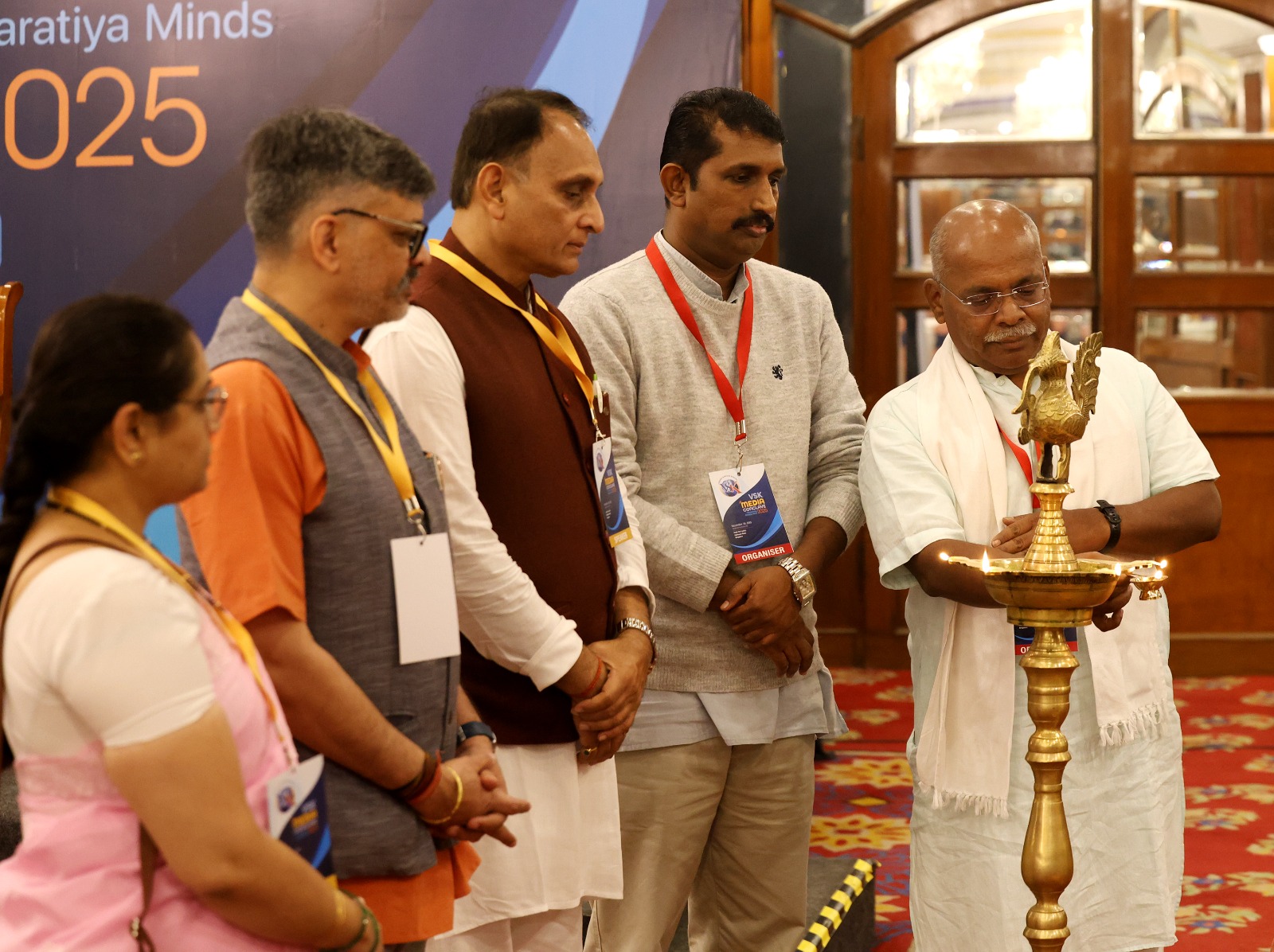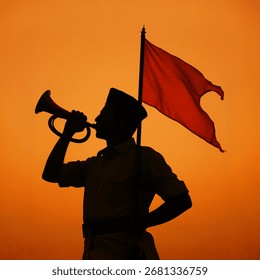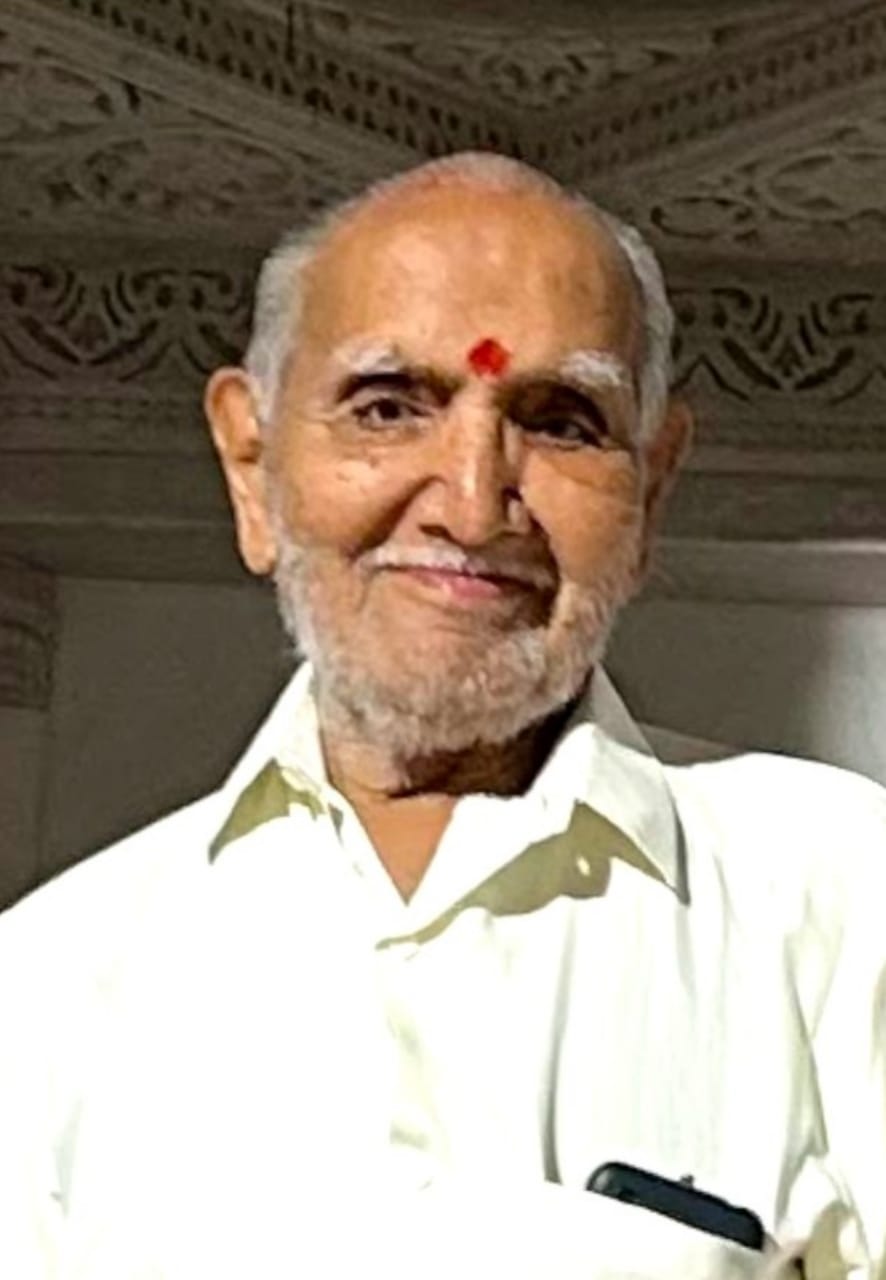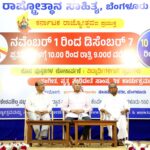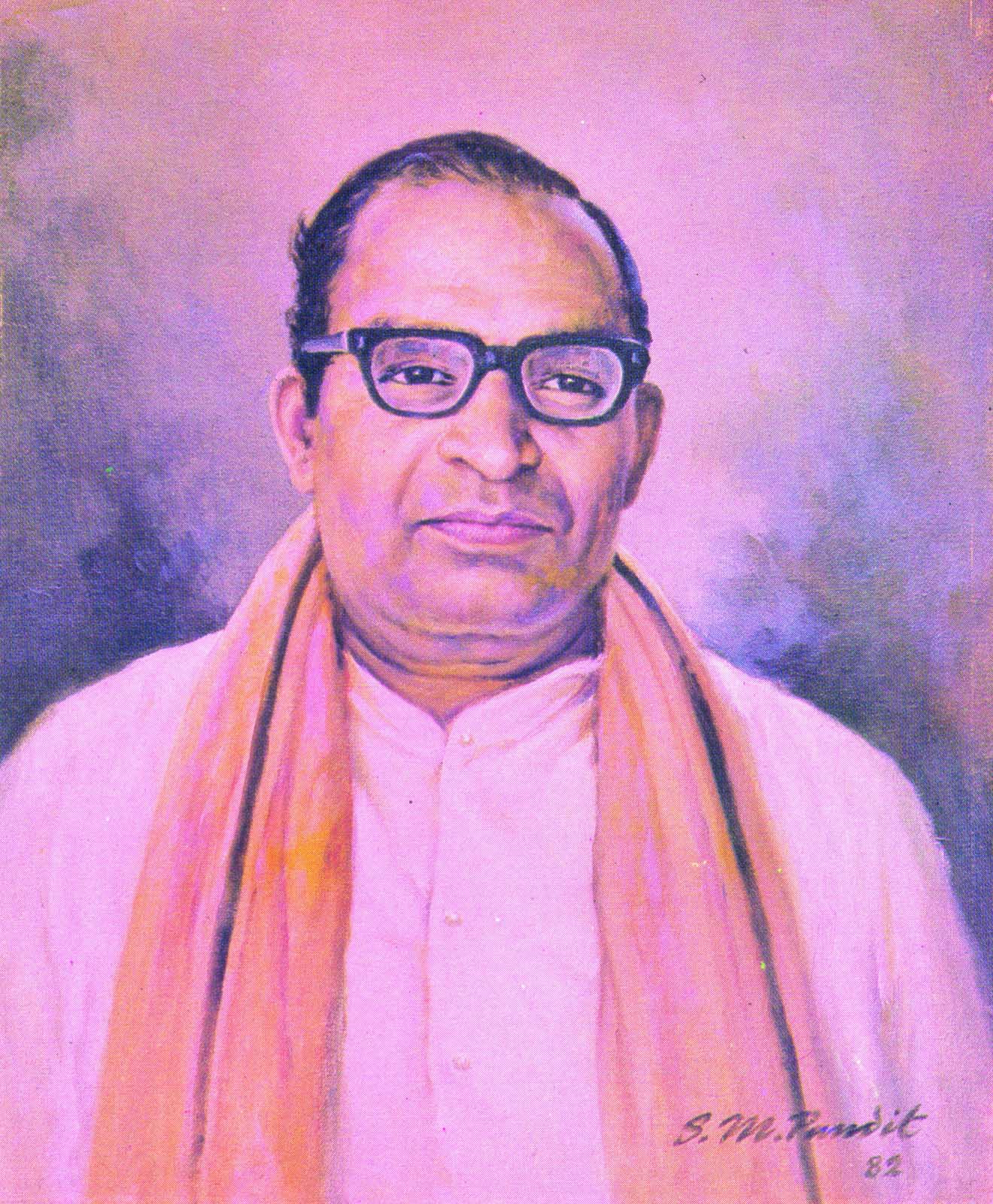
Eknath Ramkrishna Ranade (एकनाथ रामकृष्ण रानडे)
Bengaluru November 19: Today, November 19, 2014 happens to be the 100th birthday of a great icon of social and spiritual reforms in India, Sri Ekanath Ranade. He was an RSS Pracharak, known for his socio-spiritual contributions and also the pioneering the construction works of Vivekananda Rock Memorial at Kanyakumari.

Eknath Ramkrishna Ranade (एकनाथ रामकृष्ण रानडे) (19 November 1914 – 22 August 1982), popularly referred to as Eknathji, was a social activist and leader, motivated by the twin spirits of nationalism and spiritualism, and known for his great organisational abilities.
Having joined the Rashtriya Swayamsevak Sangh (RSS) while still in school, he become an important organiser and leader for the organisation, rising through its ranks to serve as its general secretary from 1956–62. Ranade was greatly influenced by the teachings of Swami Vivekananda, and compiled a book of Vivekananda’s writings. During the 1963—72 period, Ranade played an instrumental role in the construction of the Vivekananda Rock Memorial and the Vivekananda Kendra at Kanyakumari, Tamil Nadu.
Ranade was born on 19 November 1914 in Timtala, Amravati district in the western Indian state of Maharastra. In 1920 his family moved to Nagpur and Ranade had his primary education in Pradanavispura School. In 1932 he passed his matriculation examination from the New English High School in Nagpur. After getting a Master of Arts degree in philosophy with honours, he went on to earn an L.L.B from Sagar University in Jabalpur in 1945.
Ranade served as an important activist, ideologue and leader for Rashtriya Swayamsevak Sangh, a volunteer organisation espousing a philosophy of Hindu Nationalism. He was influenced during his schooling years by K.B. Hedgewar, who founded the RSS in 1925, which Ranade joined as a Swayamsevak (volunteer) in 1926. After working for the RSS in Nagpur, in 1938 Ranade moved to Mahakoshal, Madhya Pradesh as a Pranth Pracharak (Provincial organiser).
Following the assassination of Mahatma Gandhi in 1948, the RSS was banned, and many of its senior functionaries faced arrest. Ranade went underground during this time to lead organizational efforts, earning the moniker of the Underground Sarsanghchalak.[6] At the same time a Satyagraha was launched by the RSS under the direction of its leader M. S. Golwalkar to lift the ban. With Golwalkar arrested on 15 November, Ranade led the satyagraha and participated in secret negotiations with Home Minister Sardar Patel. As a condition for rescinding the RSS ban, Patel insisted that the RSS should be organised with a written constitution. A constitution was drawn up by Ranade in association with P. B. Dani and Balasaeb Deoras but it fell short of expectations of the Government and as a result it was redrafted to include clauses such as allegiance to the Indian Constitution and National Flag, shunning violence, enrolling under aged to the movement only with the permission of their parents, setting procedures for election of sarsanghchalak and so forth. With these modifications which were accepted in June 1949 by the government the ban imposed on RSS was revoked on 11 July 1949.
In 1950 he worked as a Kshetra Pracharak for Poorvanchal Kshetra comprising Bengal, Orissa, and Assam. In Calcutta, he established a Vastuhara Sahayata Samiti (lit. Committee to help the dispossessed) to aid refugees from Pakistan following the Partition of India. In 1953 Ranade became the Akhil Bharatiya Prachar Pramukh (lit. All-India Propagation Chief)[3] From 1956 to 1962, Ranade served as RSS’s general secretary. During this period he tried to refocus RSS towards the task of character-building, instead of a pursuing a more activist stance in co-ordination with affiliated organisations; these efforts met with resistance from other senior leaders in RSS. In 1962, he was selected as All India Baudhik Pramukh of Rashtriya Swayamsevak Sangh.
On his death Ranade was honoured as a Karmayogi by RSS publication, Organiser.
Swami Vivekananda Rock Memorial:
Ranade was deeply influenced by the teachings of Swami Vivekananda. In 1963, during the centenary year of Swami Vivekananda’s birth, he published a selection of Vivekananda’s writing under the title Rousing Call to Hindu Nation, as a personal tribute.
The same year, Ranade conceived the idea of building a monument to Vivekananda at the mid-sea rock location near Kanyakumari, where Vivekananda had meditated for three days in December 1892. After receiving enthusiastic responses to the scheme from RSS chief M. S. Golwalkar and others, Ranade established the Vivekananda Rock Memorial Organising Committee and became its Organizing Secretary. Various branches of the committee were established across the country (with future BJP leader L. K. Advani serving as the organising secretary of the Delhi branch) to build support, and later raise funds, for the memorial. When the idea was initially rejected by the Minister of Education and Culture Humayun Kabir, Ranade drummed up support from over 300 members of the Indian Parliament, which led to the project receiving approval from Prime Minister Indira Gandhi. Ranade also managed to win endorsement for the project from a diverse section of the political and spiritual community, including sections traditionally in opposition to RSS.
After the project was approved, Ranade led a cadre of volunteers to raise funds for construction from donors across the country; state governments and the central Government of India also contributed towards the Rs.12.5 million fund total. The Rock Memorial was completed in 1970, and inaugurated by President of India V. V. Giri on 2 September.
Two years later, Ranade founded the Vivekananda Kendra, centred at Kanyakumari with branches elsewhere, as a Hindu spiritual organisation based on the principles of “Renunciation and Service” preached by Vivekananda. The Kendra is a “lay service organization” without a guru or propagation of a “guru culture” though it was influenced by the teachings of Vivekananda. It is affiliated to the RSS which has 206 branches in various parts of the country. He did not endorse the status of an “avatar-hood” (god incarnate) to the Kendra. He therefore neither promoted himself or Vivekananda to the status of worship at the center but promoted the use of Omkar as its guiding principle. It was his view that by adopting Omkara as guru the entire class of gurus of the country are honoured.Ranade became the President of the Vivekananda Kendra in 1978, after serving as its general secretary.
Ranade ji died in Madras (now Chennai) on 22 August 1982. On 23 August 1982, he was cremated at Vivekanandapuram, Kanyakumari. He is remembered as a master organiser, powerful speaker, thinker, writer and a devoted nationalist with a sense of spiritualism. Ranade’s publications are the “Swami Vivekananda’s Rousing Call to Hindu Nation, the “Sadhana of Service” (1985), the “Story of Vivekananda Rock Memorial” and the “Kendra Unfolds”.
